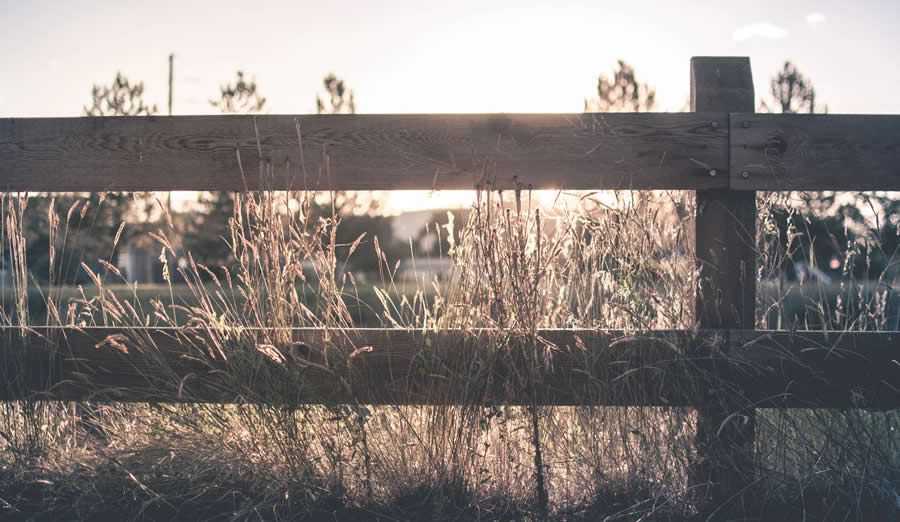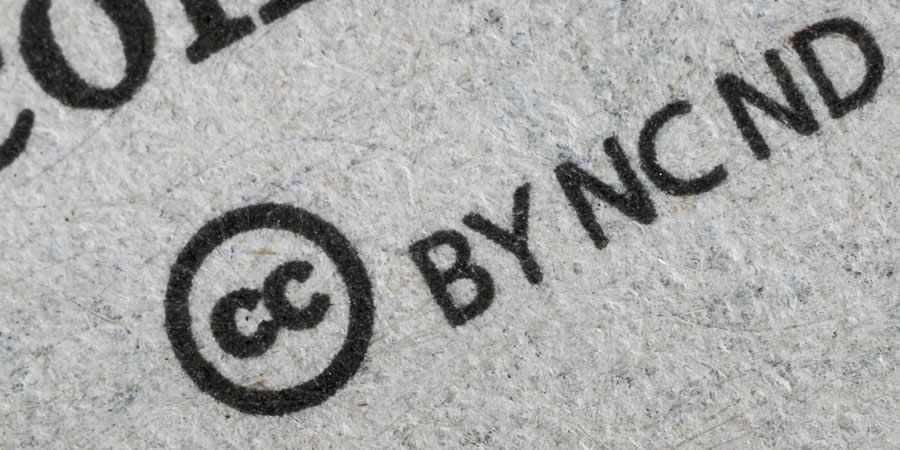The Good and Bad of Stock Photography
It may be hard to imagine, but there was a time when it was rare to find high-quality photography on a typical website. Only the big-budget players had access to compelling images. And even then, they were likely borrowed from existing print materials.
Those of us building websites for smaller organizations were often left with less-than-ideal solutions. A lack of available resources made it all the more challenging. We were forced to settle for the likes of clipart (yikes) or low-quality images culled from stock CDs. Short of creating your own artwork, it wasn’t easy to craft a top-notch visual experience.
How things have changed. These days, stock photography is available from all corners of the web. You’ll find everything from completely free images all the way to high-end premium options.
Still, the mere existence of these images doesn’t necessarily translate to great design. It still takes a keen eye and smart implementation to find success.
Today, we’ll look at the impact stock photography has had on web design. We’ll cover both the good and the bad, along with some tips for finding the right images for your projects.
Bringing Visual Experiences to the Masses
Perhaps the biggest benefit of using stock photography on a website is the ability to create a highly visual presentation. Long passages of uninterrupted text are often frowned upon. They’re more likely to turn users off than captivate them. Adding some photography to the mix helps to break things up into bite-sized pieces.
In theory, this also enables a page that’s light on content to appear more substantial. Before the widespread use of stock images, it wasn’t easy to dress up a page that consisted of only a paragraph or two. Images can help provide a more professional and detail-oriented look.
The other big advancement is that these images make it easier to convey a message. That might take the form of an infographic that simplifies a complex idea. But it could also be a photo that sets the mood or an icon that makes user interaction more intuitive.
In this way, stock photography has brought the potential for a great visual experience to the masses. Now, even small and low-budget websites have an opportunity to stand out.

The Limitations of Stock Photos
In an age where we have access to just about every piece of recorded media, there are still limitations. For example, just because your music app has millions of songs doesn’t mean it includes all of your favorites.
Stock photography has similar constraints. The available images don’t always fit your exact needs. The size, format, and subject matter aren’t always a perfect match. There are occasions when web designers will have to settle for “good enough.”
There are a few factors that can further cloud the picture, so to speak:
Budget
Cost doesn’t necessarily correlate with quality. It’s possible to find some outstanding photos for free. But free resources don’t always have the greatest variety of images, either. Therefore, the lower your budget, the less choice you have.
Being Fenced-in By Membership Sites
A growing number of stock photo membership websites are popping up. You pay a monthly or yearly fee in exchange for access to photographs. If you find a number of images that you can use in a project, it’s often a good value.
Yet this type of deal can also be quite limiting. For designers who spend the bulk of their asset budget on a membership, you’re pretty much stuck with what they have to offer. Suppose their selection doesn’t fit your specific needs, too bad. You may have to find another resource for more relevant images or settle for what’s available.

Lack of Originality
While there are tons of stock photos available, it seems like a good chunk of what’s out there has become cliché. Photographers and service providers are attempting to cover common subjects and broad use cases. This has led to a certain sameness across various photo resources.
And there’s the rub of stock photography. It can’t possibly serve each website’s unique needs. There are only so many ways, for instance, to photograph two people shaking hands.
Copyright Confusion
One thing that hasn’t really changed over the years is copyright confusion. Back in the day, designers and website owners often grabbed images from other sites and posted them. They did so without a thought as to their usage restrictions. A steady stream of violation letters from copyright trolls put an end to that.
But licensing can still be difficult to understand – even from reputable stock photography resources. There are cases where images are for editorial use only. There have also been restrictions as to maximum image resolution for online posting. Figuring out how and where an image can be used may scare some people away altogether.

Finding the Right Stock Photography for Your Projects
Sometimes finding the right photos for your website is a bit like locating a needle in a haystack. What you need (or something close to it) likely exists, but you might have to dig through several resources before finding it. Situations that require client approval of images make things all the more difficult.
And while there are no guarantees that you’ll find the perfect match, there are some basic things you can do to better your chances. Here are a few techniques to employ when searching for the best stock photos:
Identify Your Favorite Resources
It’s helpful to have various stock photography websites that you trust. Some of these resources might cater to a specific niche and will come in handy on occasion. Others will have a broader focus and be great for your day-to-day needs.
The key is to avoid reliance on a single resource. Instead, find a handful of places that have quality images, clear usage terms, and different styles. This provides both you and your clients with a solid number of image options.
Think About Your Image Needs Ahead of Time
Each website project has its own unique needs when it comes to photography. They include factors such as a photo’s subject, color, size and any enhancements you may want to make. Having a general outline of these items should make your search easier.
Ideally, knowing this information will allow you to choose the best fit from your list of photo resources – right from the start. This (hopefully) means less searching and a more efficient process.
Be Flexible
Having a rigid definition of what you’re looking for can sometimes backfire. Even the best stock photo websites are unlikely to have images that are identical to what you envisioned. Therefore, it pays to keep an open mind.
Don’t be afraid to experiment with images that aren’t 100% aligned with your initial plan. Choose a few that look interesting and see how they work with your design. In some cases, the results may be even better than anticipated.

Stock Photography Is a Tool: Use It Wisely
Few design assets have the ability to transform a website quite like great photography. It can take a run-of-the-mill design and turn it into something with character and context. Stock photography, in particular, has brought this visual potential to everyone.
However, best practices still apply. Just like anything else, stock photos can be misused and abused. The result might well be a bloated website that’s too image-heavy. In addition, the wrong types of images can lead to a generic look that fails to stand out.
While it’s wonderful to have so many photographic resources, it’s up to designers to make the best use of them. For this reason, it’s good to think of stock photography as just another tool for us to utilize – not something to build a website around or save it from mediocrity.
Despite those caveats, stock photography has made a positive impact on web design. Frankly, it’s hard to imagine building a compelling website without it.